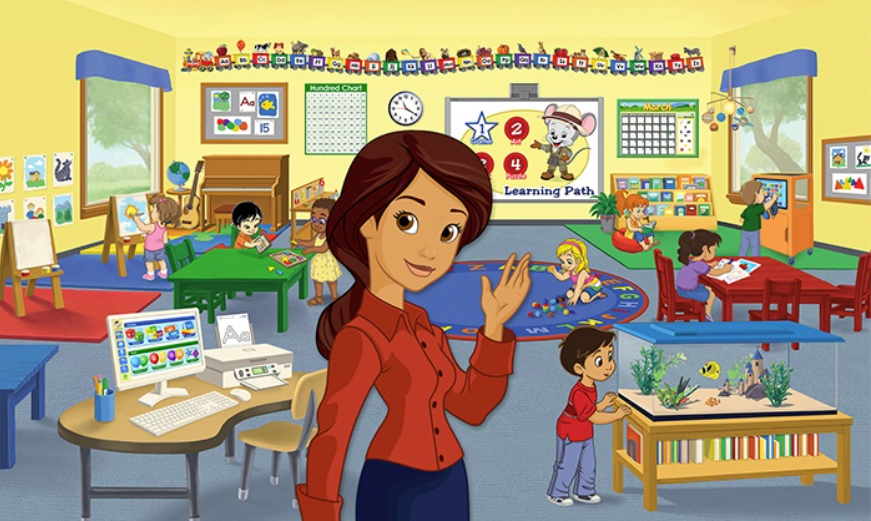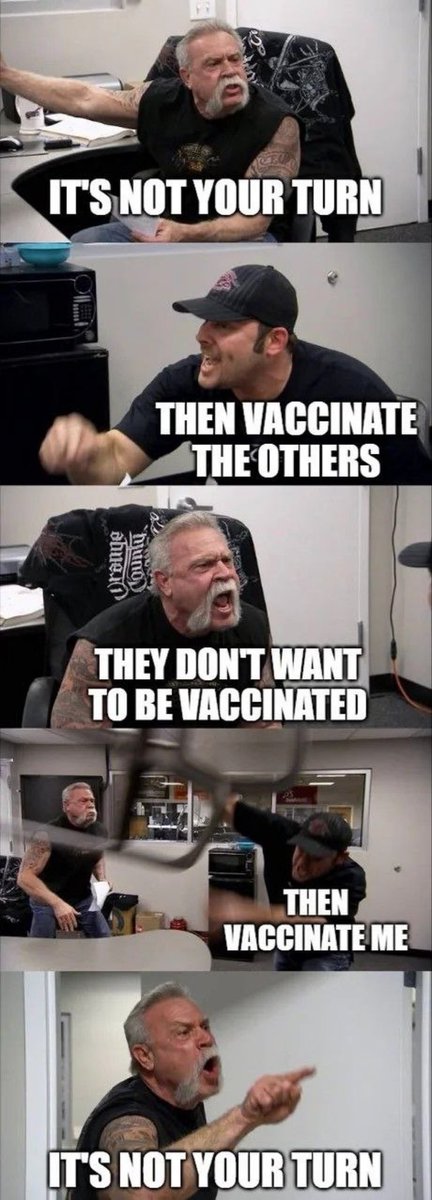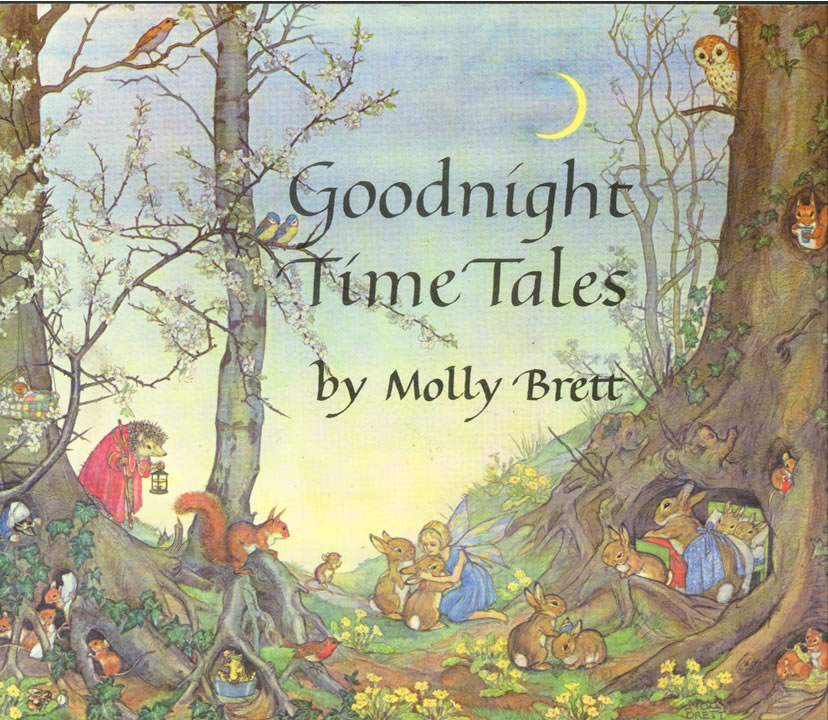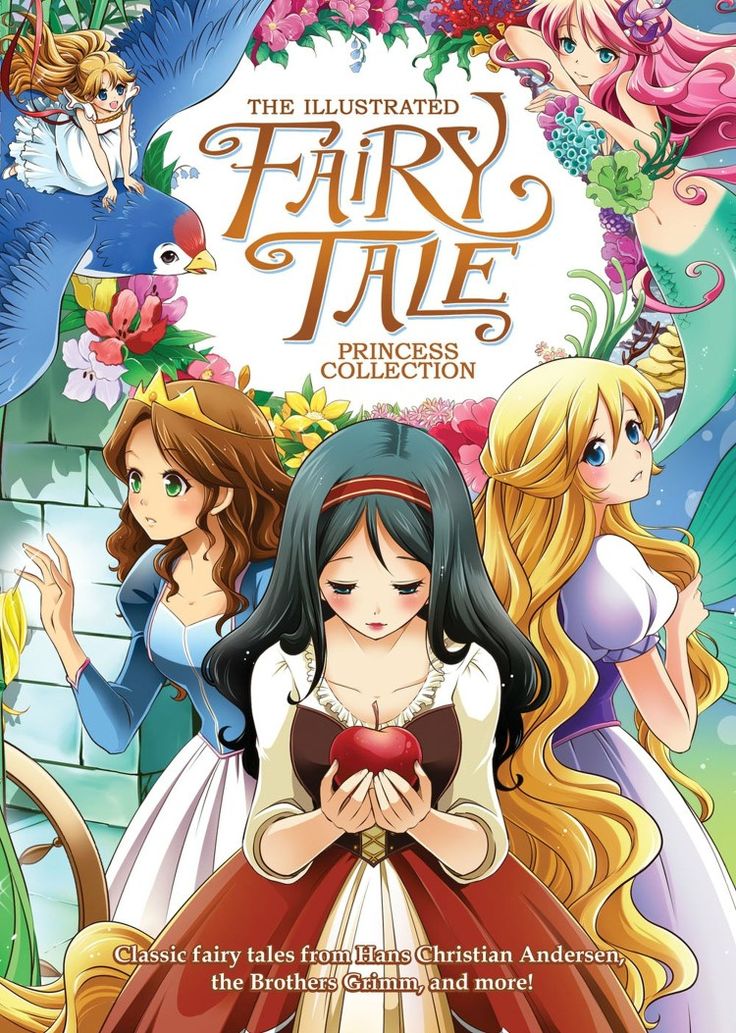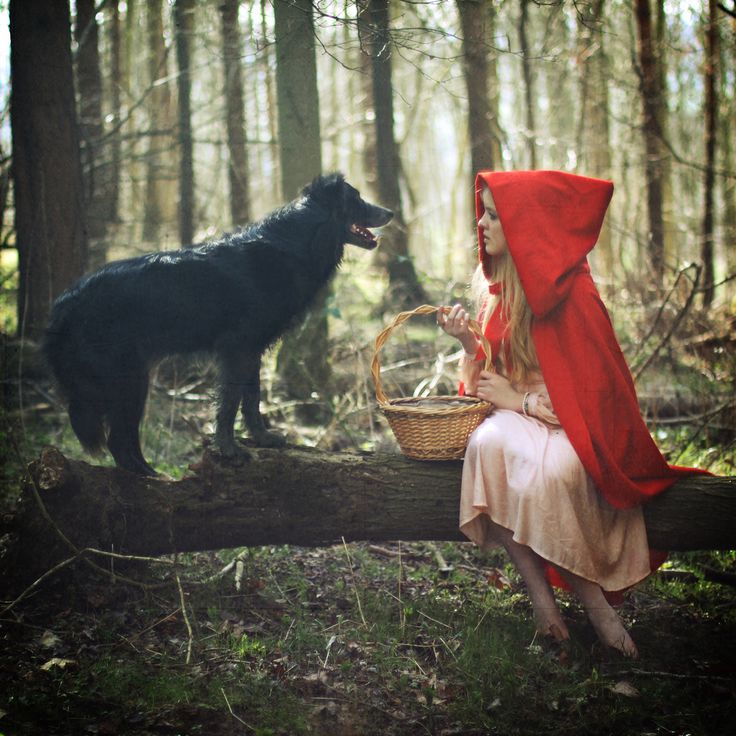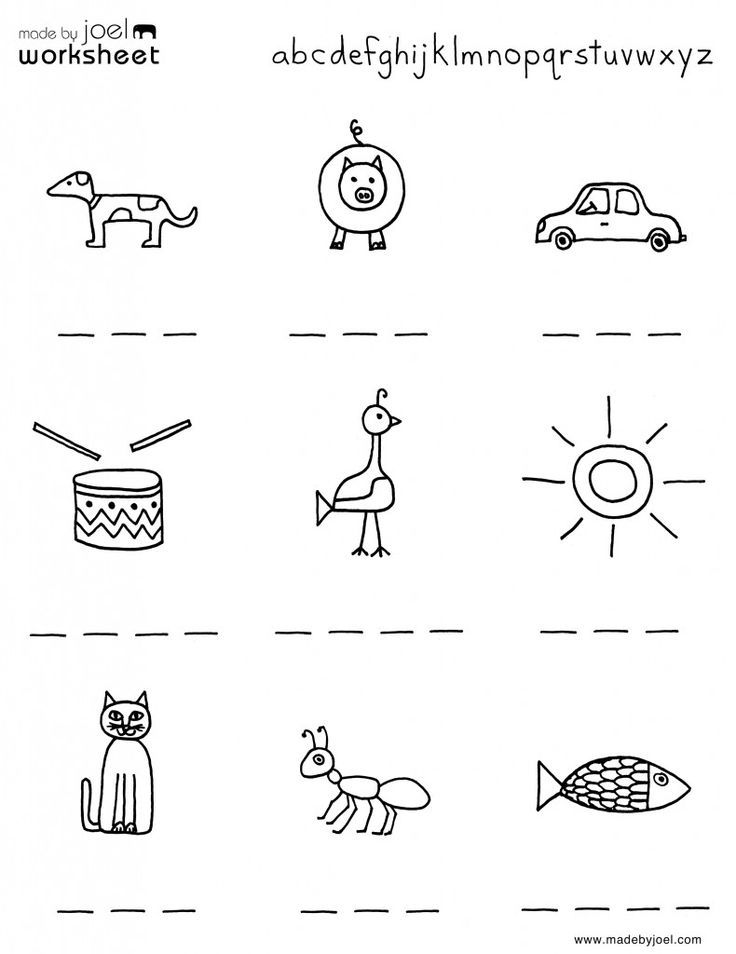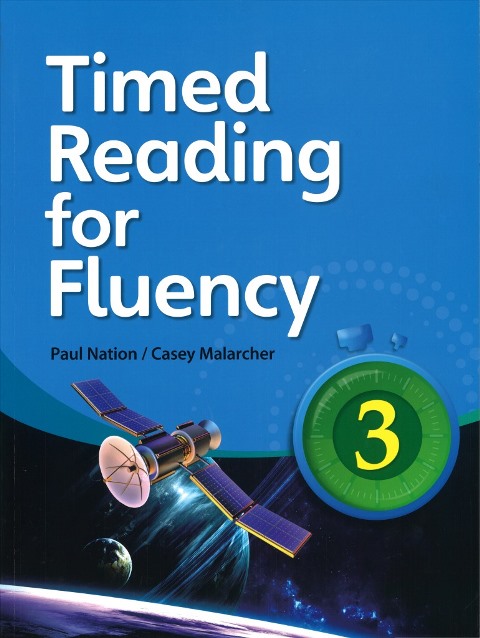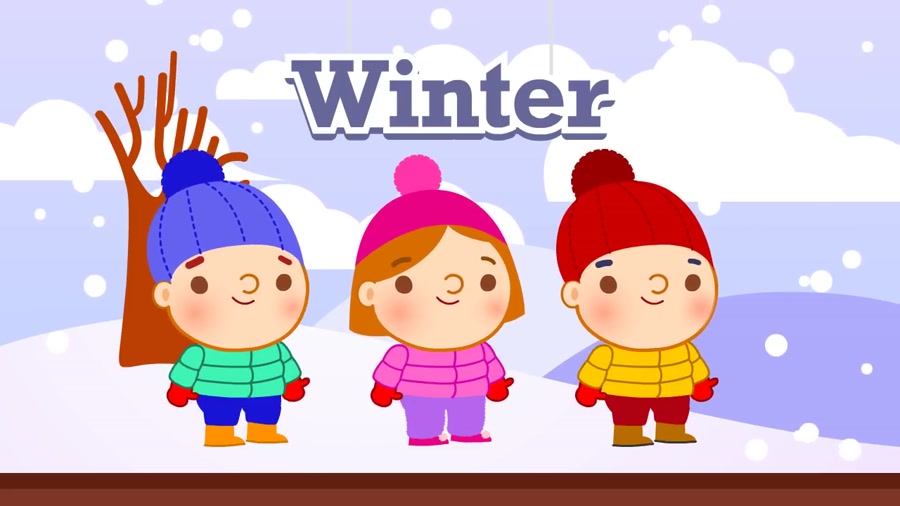Early learners games
9 Classic Preschool Games That Secretly Teach Life Skills
Remember the last time you were greeted with laughter when you arrived at preschool to pick up your child? They were racing around with their friends and playing a game that you recognized from your own childhood. Best of all, they were having a wonderful time—and learning more than you know.
Believe it or not, classic preschool games are much more than just fun for children. They’re actually an essential part of the learning process, helping kids bond with their friends, burn off excess energy and teaching kids skills that will help them later in life.
To help you see the learning potential in the games that just seem fun, we’ve gathered together nine well-loved American preschool games. Read on to discover how each game secretly models real-world situations and helps kids learn how to live and act.
9 Classic Preschool Games That Secretly Teach Life Skills
1. Duck, Duck, Goose
This kid-favorite is an excellent game for teaching strategic thinking. Participants sit in a circle, and one child walks around the outside tapping each head in turn and saying “duck.” Eventually they pick one child to be the “goose” and run around the circle to try to take that child’s place before the “goose” catches them. If they reach the end without getting tagged, the “goose” returns to their own seat and the original player continues around the circle.
As kids play this game more, they start thinking about how to pick a “goose” (such as someone who isn’t paying attention) who will give them a better chance of getting back to their seats without getting tagged. Duck, Duck, Goose teaches children to plan ahead and gives them immediate feedback on the quality of their decisions.
2. Musical Chairs
This game helps teach kids to resolve arguments peacefully, deal with disappointment and practice patience. Set chairs in a circle, one fewer than the number of children in the game, and then play music as kids walk around the circle. Every time the music stops, children must try to sit on a chair.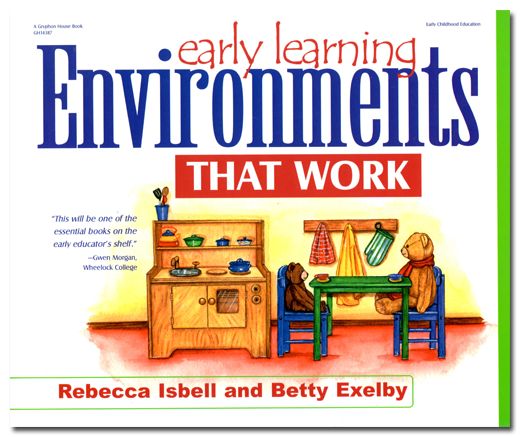 Kids who don’t get a chair are out. Then remove a chair and begin again.
Kids who don’t get a chair are out. Then remove a chair and begin again.
As a game of Musical Chairs progresses, children must learn to deal with the frustration of being out of the game, therefore practicing patience and waiting graciously. They must also learn to use their words to work out arguments about whose chair is whose or who got there “first." Be sure to have an adult on hand specifically to ensure conflicts are settled peacefully and to help kids who are no longer in the game stay cheerful.
3. Simon Says
Simon Says is an excellent game for helping kids learn to pay close attention to instructions, while also giving them a taste of leadership. In Simon Says, one kid asks their peers to do silly actions by saying “Simon says tap your head” or “Simon Says jump like monkeys.” Then the other kids will do the action—but only as long as the leader adds “Simon says” to their instructions.
Kids who don’t pay attention quickly discover that if they don’t listen, they’ll be the only one doing the silly action. That gives them extra motivation to listen closely to the entire set of instructions before getting started.
That gives them extra motivation to listen closely to the entire set of instructions before getting started.
4. Row Your Boat
Self-awareness is an important skill for children to develop as part of the learning process. That’s one of the reasons we ask children to assess their own learning at Whitby. When children are small, this can start with physical self-awareness. Knowing how to moderate one's body is a very useful skill that prepares kids for later life. The game here is simple: pair children up facing one another with knees bent up in front of them and holding hands. Instruct them to rock back and forth in time to the song “Row, Row, Row Your Boat.” They’ll need to work together and keep an eye on their own movements at all times. It works best to play this game with a CD or a song on YouTube, so you can incorporate a "freeze" element by stopping music abruptly. This helps children focus on auditory cues and match their physical movements to them.
5. Hide and Seek
Hide and Seek is a great game for teaching problem solving.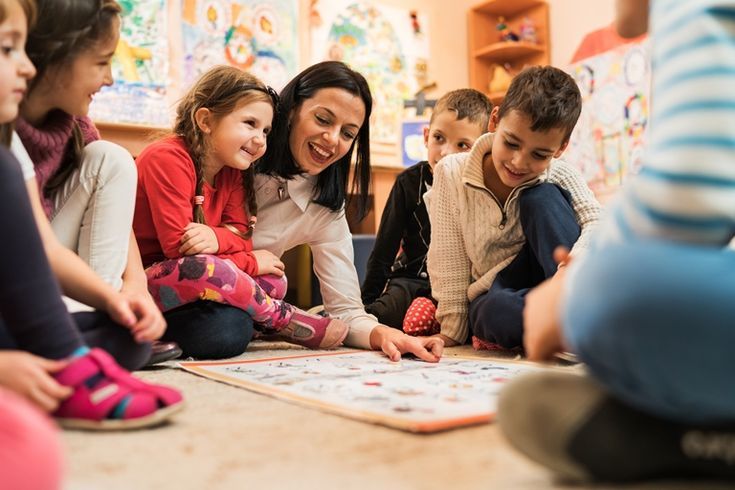 In order to stay hidden for the longest possible amount of time, children have to assess their options so they can pick the best possible hiding spot. This builds spatial awareness, because kids must consider factors such as which hiding places will offer the most cover from the most vantage points. As they gain experience with the game, kids will take an even more in-depth assessment approach, thinking about which spots are frequently used during free play and therefore most likely to be checked first.
In order to stay hidden for the longest possible amount of time, children have to assess their options so they can pick the best possible hiding spot. This builds spatial awareness, because kids must consider factors such as which hiding places will offer the most cover from the most vantage points. As they gain experience with the game, kids will take an even more in-depth assessment approach, thinking about which spots are frequently used during free play and therefore most likely to be checked first.
6. Parachute Games
Playing with a parachute is a fun way for kids to learn teamwork. Kids stand around a circle, holding a parachute (or large sheet) between them. When a ball or other object is placed on the parachute, kids toss the ball up and down. Kids must move in sync or the ball will fall off the side of the parachute. If playing with a big parachute, kids have to work together to keep multiple balls in play at the same time, or learn how to throw the parachute up so one child can run underneath before the parachute falls.
7. Hopscotch
This classic sidewalk game is perfect for developing critical thinking skills. Kids draw the hopscotch shape on the sidewalk, then take turns tossing a rock underhand at the hopscotch shape. They then must navigate the hopscotch course while avoiding the square the rock landed on. Since it’s often difficult to avoid the square with the rock while hopping on one foot, kids will need to plan ahead to find the best “route” through the course.
8. Red Light, Green Light
Red Light, Green Light is great for teaching patience. After all, children don’t love to stand still. To play, one kid stands facing away at the other side of the field. The goal is to be the first to touch that person, without getting caught moving. When the person is facing away, that’s a green light and kids can move toward them. When the leader turns around to face the group, that’s a red light, and kids must stop moving. Anyone the leader catches still in motion has to go back to the starting line.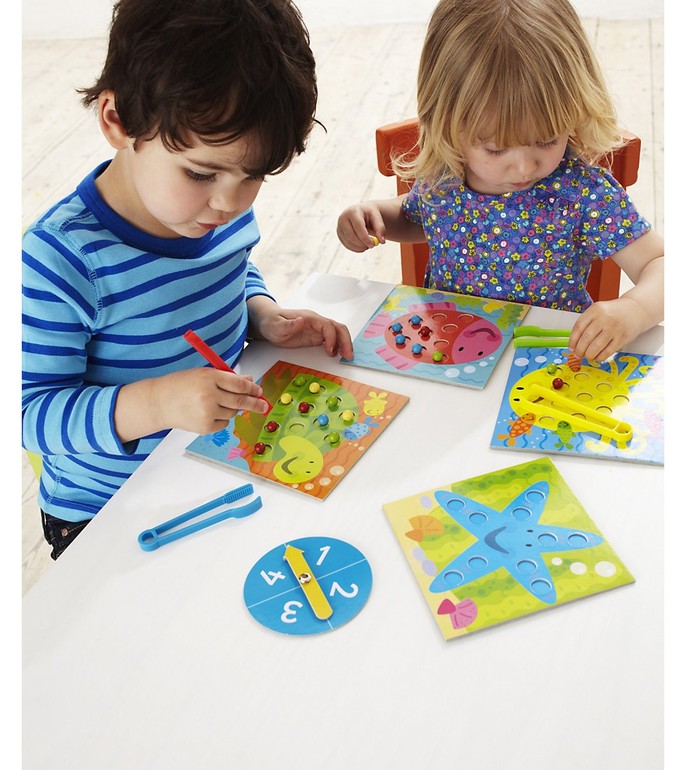 To win at Red Light, Green Light, kids need to rein in their impulse to run forward, instead choosing a pace where they can stop instantly if the leader starts to turn. As they near the leader, they’ll also have to learn how to wait for the exact right moment to rush forward. If they misjudge and go too soon, they’ll have to start over from the beginning.
To win at Red Light, Green Light, kids need to rein in their impulse to run forward, instead choosing a pace where they can stop instantly if the leader starts to turn. As they near the leader, they’ll also have to learn how to wait for the exact right moment to rush forward. If they misjudge and go too soon, they’ll have to start over from the beginning.
9. Sleeping Lions
It’s important for kids to learn how to stay focused despite distractions. Sleeping Lions is a fun way for kids to learn this important life skill. During this preschool game, all the children lie down and pretend to be asleep. Then one person walks among the group (without touching anyone, trying to convince kids into reacting and opening their eyes. The last kid to still look like they’re “sleeping” is the winner.
Sleeping lions encourages kids to be silly as they try to wake up their peers. To stay “asleep,” kids have to keep themselves focused on not moving a muscle—no matter how their peers try to distract them.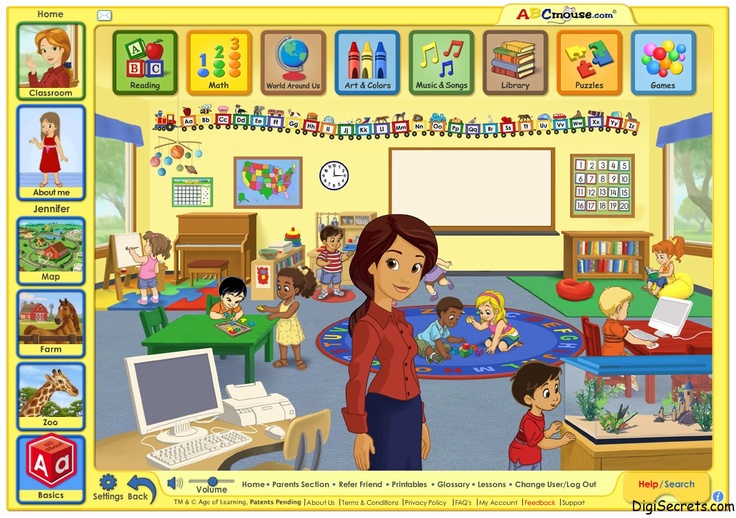 That’s extremely hard for young children to do, and the focusing they practice during Sleeping Lions will help a child later on when they’re trying to learn in boisterous environments.
That’s extremely hard for young children to do, and the focusing they practice during Sleeping Lions will help a child later on when they’re trying to learn in boisterous environments.
More Than Just Fun and Games
If you’re like most parents, you want to know your child is in the best possible learning environment at all times. The good news? Many preschool games that seem like they’re just plain fun actually teach life skills. So while your kids might seem like they’re just having fun playing with friends, they’re actually learning skills that will help them succeed later in life.
12 Fun Educational Games for Early Childhood
Sharing is caring!
65 shares
- Share
- Tweet
Games are an important aspect for pulling learning outside of the classroom. Kids love to play and kids learn through play. Games begin as early as birth with nursery rhymes and fun educational games such as peek-a-boo. As the child develops the games become more involved to challenge social and educational skills. When picking out a game for your child focus on where they are developmentally instead of their age.
As the child develops the games become more involved to challenge social and educational skills. When picking out a game for your child focus on where they are developmentally instead of their age.
Full Disclosure: If you would like to purchase any of these items please use the links provided. The cost is the same to you, but Parenting Chaos gets a small percentage allowing us to keep this blog maintained. The items listed in this gift guide were chosen by me and the opinions expressed are 100% my own. You can read my disclosure policy here. Thanks for your on going support!
Developmental stages for play are:
Observant: Typically up to 12 months of age, this stage of development is for children who are fascinated by observing the world around them rather than engage in play themselves. Children in this stage remain within their comfort area as they explore the world around them.
Solitary: Usually around the time a child becomes independently mobile they start to focus on interacting with their environments. In this stage children are learning about their selves in relationship to their environment and are learning cause and effect.
In this stage children are learning about their selves in relationship to their environment and are learning cause and effect.
Parallel: Between ages 2 and 3 children start to become interested in sharing with the people in their environments. Even though children in this stage are still playing independently they are beginning to view themselves as part of a social group. While their thinking is still very egocentric, children in this stage are starting to mimic others and learn the social skills necessary for interaction.
Associative: Around 3 children start to include others in their play through imitation and conversation. Children in this stage are not quite playing together yet, but including others. An example of this would be two children playing blocks. They may both be building identical towers and talking about what they are doing, yet each one of them is building their own individual tower and conversation is more of a monologue than a dialogue.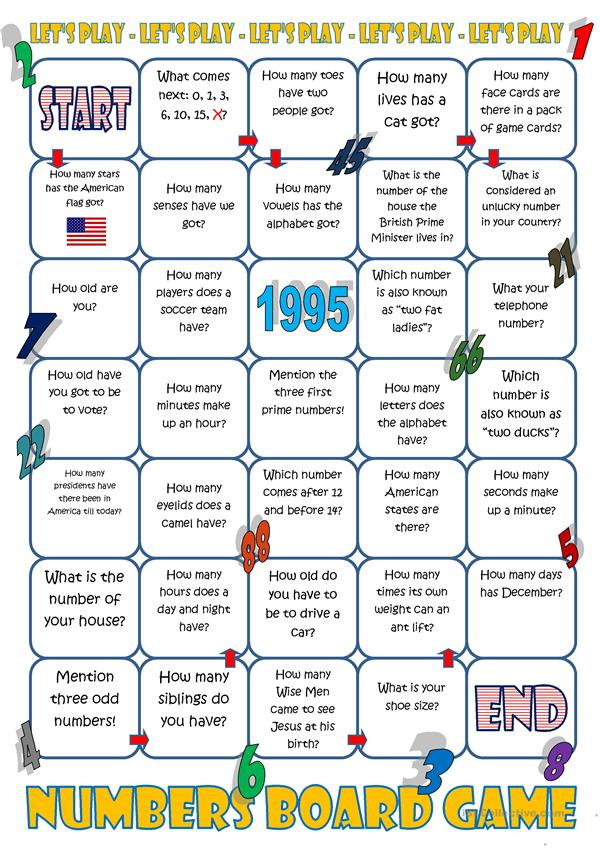
Cooperative: Around 4-5 children start to actively engage with others in play. Imaginative play in this stage builds through everyone involved, children are better at taking turns, and eventually more complex concepts such as games with rules are able to be peacefully accomplished.
While some of these fun educational games can only be used successfully after certain developmental stages, some have the capabilities to be used outside of their intended purposes to provide developmental challenges.
1. Stack Up: $24.99
This is an awesome cooperative board game that works on developing hand-eye coordination, balance, color matching, and cooperation. This game is best suited for children in the associative developmental stage and up. Intended for use with 2-6 players. With 3 game levels, this game is designed to grow with your child and will definitely be loved by your child.
If you are wanting to start introducing games to your child, this is an awesome game to start with. Forget the rules for a second and look at the pieces. They are chunky which will be easy for little hands to manipulate and they are made of wood which means durable! You could easily use this game to teach your child colors, patterns, cause and effect, spacial awareness, and much more before even taking the game board out of the box!
Forget the rules for a second and look at the pieces. They are chunky which will be easy for little hands to manipulate and they are made of wood which means durable! You could easily use this game to teach your child colors, patterns, cause and effect, spacial awareness, and much more before even taking the game board out of the box!
2. Color Stix: $18.18
Players in this game race the timer to categorize their colored sticks into groups of matching colors. This game challenges speed of thought and spatial learning. While best intended for children in the cooperative developmental stage, just like Stack Up! this game can be used to teach children patterns, colors, cause and effect, counting skills, and so much more. This game is also a perfect game for travel!
3. The Sneaky, Sneaky Squirrel Game: $16.58
I am all for games that are not only fun for the kids, but also fun for the parents. Sneaky, Sneaky squirrel is one of those games! This game is made for 2-4 players and best suited for children in the associative developmental stage and up.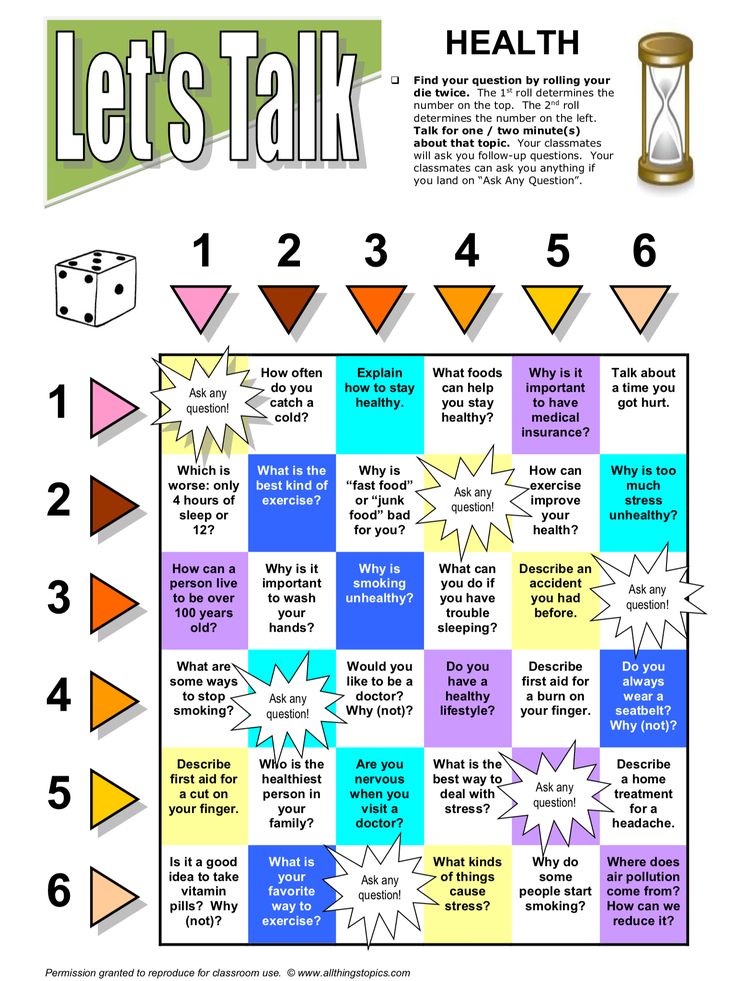 The pinchy squirrel is awesome for building pre-handwriting skills and strengthening fine motor development. This fun educational game also works on matching, sorting, hand-eye coordination, social skills, and strategic thinking. It’s durable case does double duty as the game board making this another great game for travel. Not recommended for children under the age of 3 due to small parts.
The pinchy squirrel is awesome for building pre-handwriting skills and strengthening fine motor development. This fun educational game also works on matching, sorting, hand-eye coordination, social skills, and strategic thinking. It’s durable case does double duty as the game board making this another great game for travel. Not recommended for children under the age of 3 due to small parts.
4. Perfection: $9.46
Perfection is a well loved game from my childhood! Race the timer to get all the pieces into their molds before the timer pops! This is a great game for advancing hand-eye coordination, beginning to teach time concepts, along with teaching patience and perseverance. Recommended for ages 3 and up due to small pieces.
5. What’s in Cat’s Hat: $12.59
Need some rainy day excitement? Invite the Cat in the Hat over for a visit! I am a huge Dr. Seuss lover and this game is a great way to incorporate a game with a book! In this multi-sensory game players collect items from around the house and take turns guessing what is in the Cat’s Hat.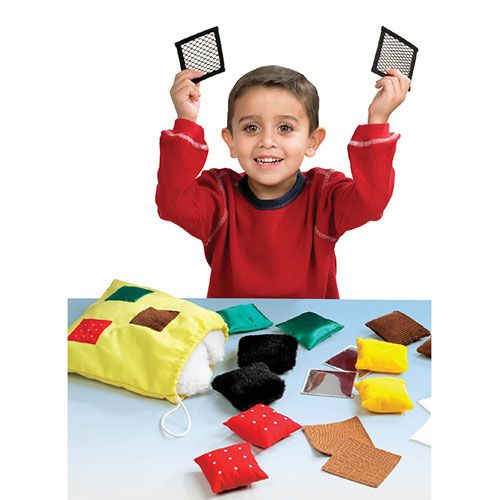 A perfect challenge for memory, deductive reasoning, creativity, and social interaction, this game is intended for use for 2-4 players and can easily be modified for any developmental stage.
A perfect challenge for memory, deductive reasoning, creativity, and social interaction, this game is intended for use for 2-4 players and can easily be modified for any developmental stage.
Is your toddler too young to participate in a Q&A game? Use the Cat’s Hat to work on prepositions as you read the book or hide items inside the hat and let your child use descriptive language to tell you what they are experiencing!
6. Elefun: $19.96
Another classic game, Elefun is a great way to get kids up and moving while encouraging interaction, patience, and following rules. This game is great for manual dexterity, counting, gross motor development, and sharing. This game works well with all stages (Recommended ages 3 and up for game piece sizes). For children in the observant stage, turn Elefun on and let your child observe the butterflies as they shoot out of Elefun’s trunk and twirl to the ground. Children in the solitary stage may enjoy figuring out how Elefun uses air to blow the butterflies out of the trunk! I have seen this game grow with children all the way up to older elementary years with a little use of creativity!
7.
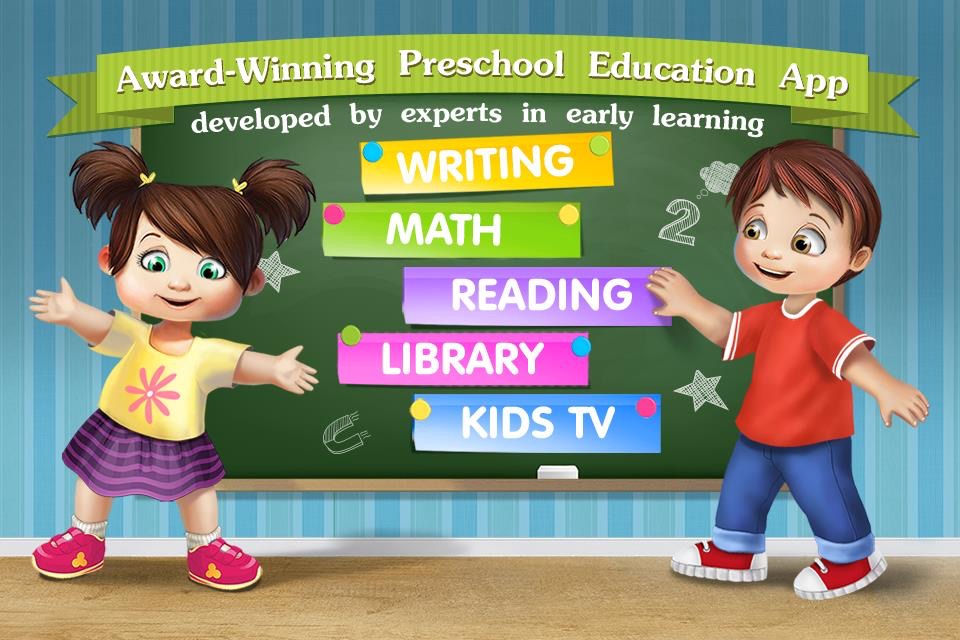 Pallina Bamboo Game: $39.98
Pallina Bamboo Game: $39.98While this game is a version of Kerplunk, it is designed with the young child in mind. Made with sturdy pieces Pallina is easy for little hands to manipulate. This game is perfect for working on fine motor skills, hand-eye coordination, and teaching concepts such as strategy and cause and effect. It can even be used to work on counting and colors! The balls in this game are fairly small, so not recommended for children who put items in their mouth.
8. Mindware Imaginets: $25.07
Imaginets is another one of those kids products that falls into my favorite category! This game mixes imagination and critical thinking skills. Children can easily use the magnets to create their own masterpiece or follow along with one of the puzzles to recreate what they see. This set comes with 50 full color designs that are sure to provide a visual challenge for your child.
9. Qwirkle: $19.53
Qwirkle is another game the entire family enjoys playing! My husband is actually known to take this game to game night with the boys.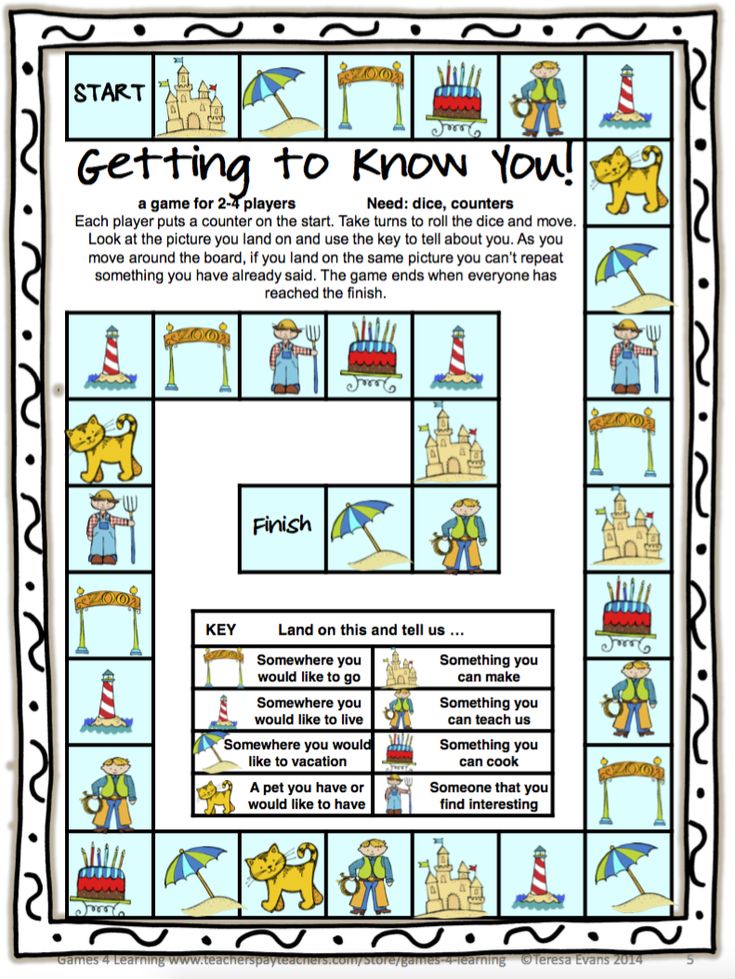 Recommended for children in the cooperative stage and up. With a little creativity and patience this game can easily be played with younger children. This is a fun game to play as a partner with your child until they get the hang of it. The pieces are decent size and chunky making them manageable for little hands. This game could easily be used to work on pattern making, colors, shapes, matching, counting, and much more.
Recommended for children in the cooperative stage and up. With a little creativity and patience this game can easily be played with younger children. This is a fun game to play as a partner with your child until they get the hang of it. The pieces are decent size and chunky making them manageable for little hands. This game could easily be used to work on pattern making, colors, shapes, matching, counting, and much more.
10. Stormy Sea’s Game of Balance: $28.19
Due to small parts this game is not recommended for children who put things in their mouth. This game is definitely a challenge, but not such a challenge it is frustrating. Players take turn rolling the dice and stacking the selected item on a rocky boat. This game can be played with others or alone and works on fine motor skills and spatial awareness. This game is an awesome way to work on counting, colors, sorting, matching, and so much more!
11. Feed the Woozle: $19.99
This adorable cooperative game is awesome for working on body awareness, fine motor skills, turn taking, and counting.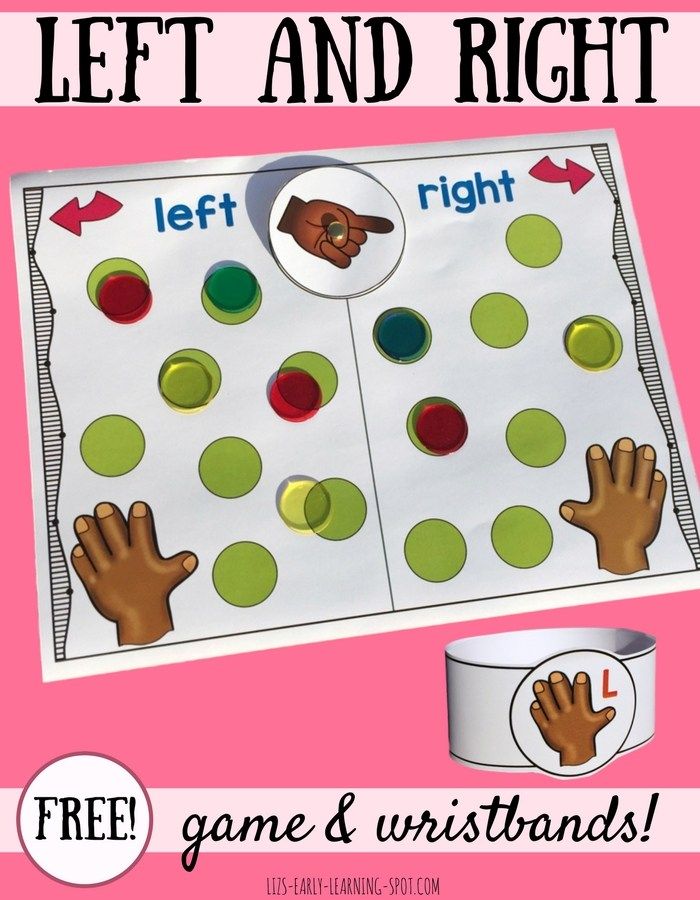 This game is great for shared decision making, emotional development, and creative problem solving. In this game all the players work together to reach the same goal which is an amazing way to work on teamwork. My daughter finds Woozle hilarious and loves that like her, he doesn’t believe in the 5 second rule!
This game is great for shared decision making, emotional development, and creative problem solving. In this game all the players work together to reach the same goal which is an amazing way to work on teamwork. My daughter finds Woozle hilarious and loves that like her, he doesn’t believe in the 5 second rule!
12. Hello Sunshine: $17.20
Hello Sunshine is a perfect first game for young toddlers! This lovely plush toy comes with a set of 18 double sided cards that challenge toddler’s to work on their prepositions and vocabulary. My son loves playing hide-n-seek with this friendly lovey. The bright colored illustrations make it easy for young children to understand the directions on the card. This game is bound to bring giggles and smiles as your child explores their environment in search of the sun!
Other Ideas You Will Love!
Sharing is caring!
65 shares
- Share
- Tweet
Games for first-graders - Letidor
Today children go to school well prepared.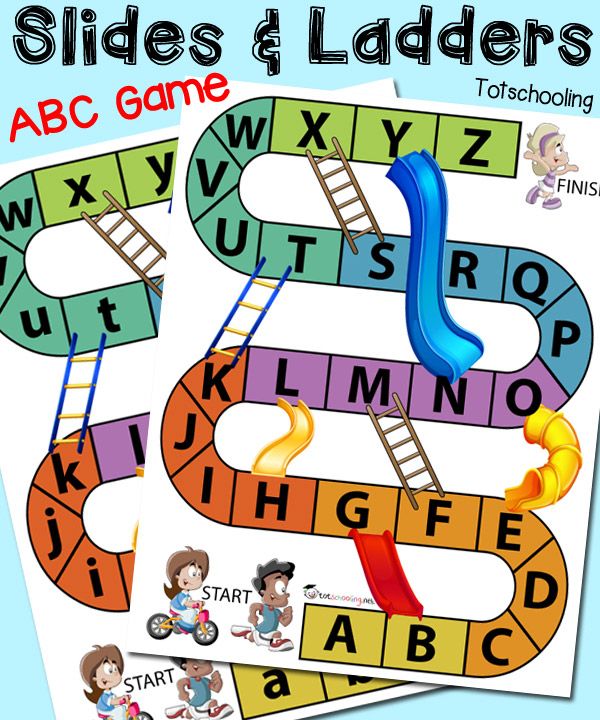 Our Styopka read wonderfully and counted even before school, but he still sometimes has some difficulties in his studies. For example, retelling is given to him with great difficulty. You can train this and other useful skills in a playful way. What we actually do in our free time. And not only together with my son, but we also connect his friends-classmates. We present to your attention several games for first-graders!
Our Styopka read wonderfully and counted even before school, but he still sometimes has some difficulties in his studies. For example, retelling is given to him with great difficulty. You can train this and other useful skills in a playful way. What we actually do in our free time. And not only together with my son, but we also connect his friends-classmates. We present to your attention several games for first-graders!
In a nutshell
I am reading a short story, the children are listening. And then everyone tries to convey its content, but in a concise form, using only one or two sentences.
The main thing is to convey the essence of the story, secondary details can be omitted. You also need to ensure that the guys do not use parasitic words and, in general, any extra words.
Sad fun
This game for children develops thinking and enriches vocabulary.
For each named word, you need to choose an antonym, that is, a word with the opposite characteristic.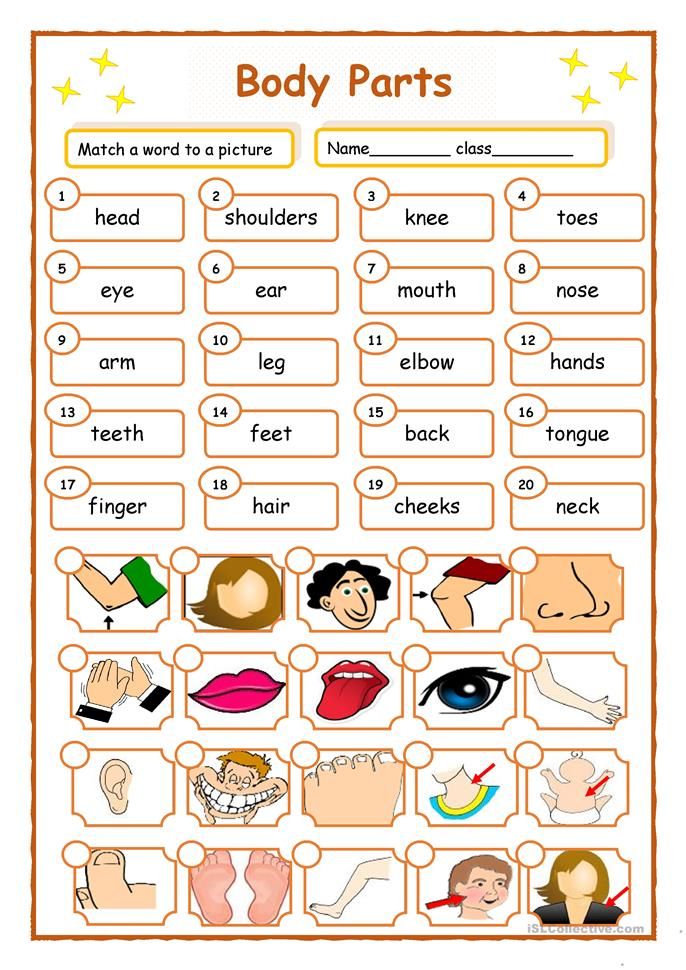 Thin-thick, light-heavy, fire-water, handsome-ugly, brave coward...
Thin-thick, light-heavy, fire-water, handsome-ugly, brave coward...
We play like this: first I name the word, and Styopka comes up with an antonym. Then he calls the word and I come up with an antonym. If a lot of people participate in the game, we play in a circle. The first says the word, the second comes up with an antonym and names the word for the third player, and so on.
Fun arithmetic
And the teacher played such a game for children in our class. All children took part in it.
First you need to prepare a set of cards with numbers from 0 to 9 (if there are many children, then there will be more sets of cards - according to the number of participants).
So, suppose we have two teams. All players line up in a line - one to the right of the teacher, the other to the left. Each player is given a card with a number.
The teacher (facilitator) reads out an example. The team must quickly perform arithmetic and calculate the result. Players with the numbers that make up the result stand near the teacher and raise the cards high above their heads.
Players with the numbers that make up the result stand near the teacher and raise the cards high above their heads.
For example, the teacher says: 15+8
The correct answer is 23. The players whose cards show the numbers 2 and 3 from each team run out and stand in front of the leader. The team that completes the task faster wins.
Who is superfluous here?
It is advisable for the facilitator to prepare in advance and write down three concepts for himself on a piece of paper, one of which will be superfluous.
For example:
Choose an extra color:
Apricot, Plum, Orange
grass, lemon, cucumber
Choose an excess shape:
Window, Wheel, TV
TAZ, LIKE, watermelon
Choose an excess value:
METHERS, HOUREMENT, SOLOMINE
Felt pen, fork, house
Select extra flavor:
Jam, vinegar, candy
Herring, ice cream, chips
Select extra weight0002 Cotton wool, weight, feather
Hippo, dragonfly, elephant
Dreamers
Styopka and I love this game very much.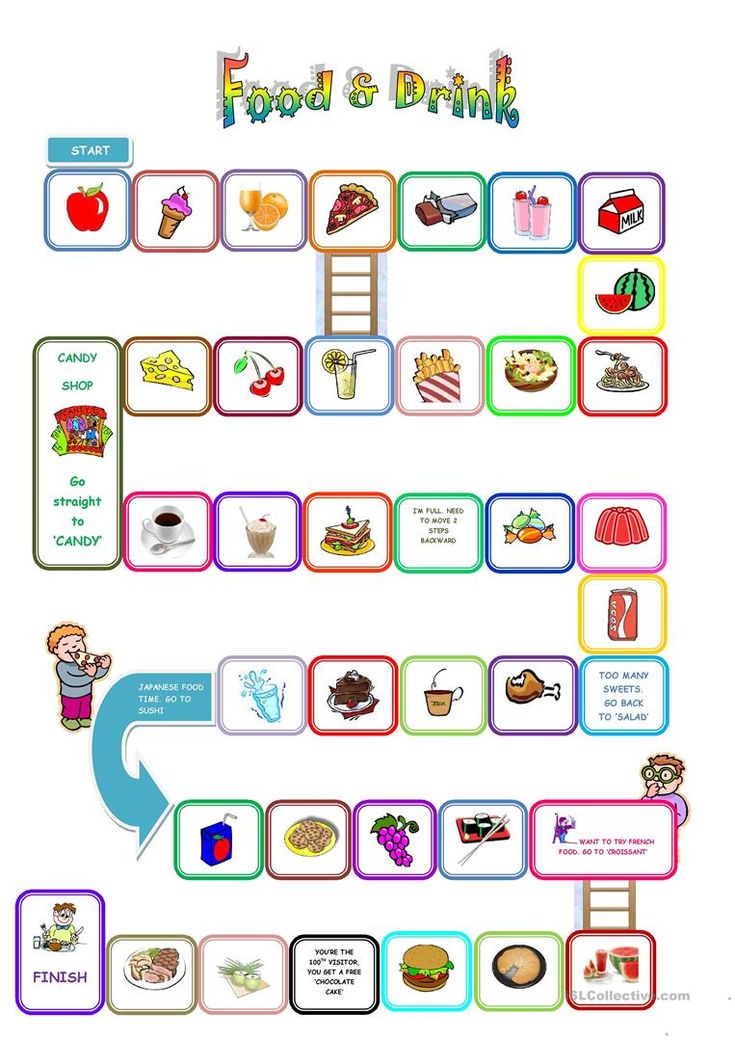 There is only one caveat here - it must be completed on time, otherwise fantasy can lead you into such a jungle that you will have to compose both the second and third series.
There is only one caveat here - it must be completed on time, otherwise fantasy can lead you into such a jungle that you will have to compose both the second and third series.
So, the first player says any phrase with an unfinished thought. For example, “Last night I looked out the window ...” The second player continues “and saw a huge star in the sky, which ...” And so on. Players take turns complementing each other and get an interesting story. Sometimes in this way we repeat some homework. Just then we agree initially that we are talking, for example, about the multiplication table. Of course, I have to direct the game in the right direction all the time, but it's not difficult at all.
Linker
We randomly choose two objects, and then try to connect them with some kind of bridge. That is, we come up with words that will help to move from the first word to the second. The logical chain must be built correctly.
For example, the first word is "thread", the second is "dress".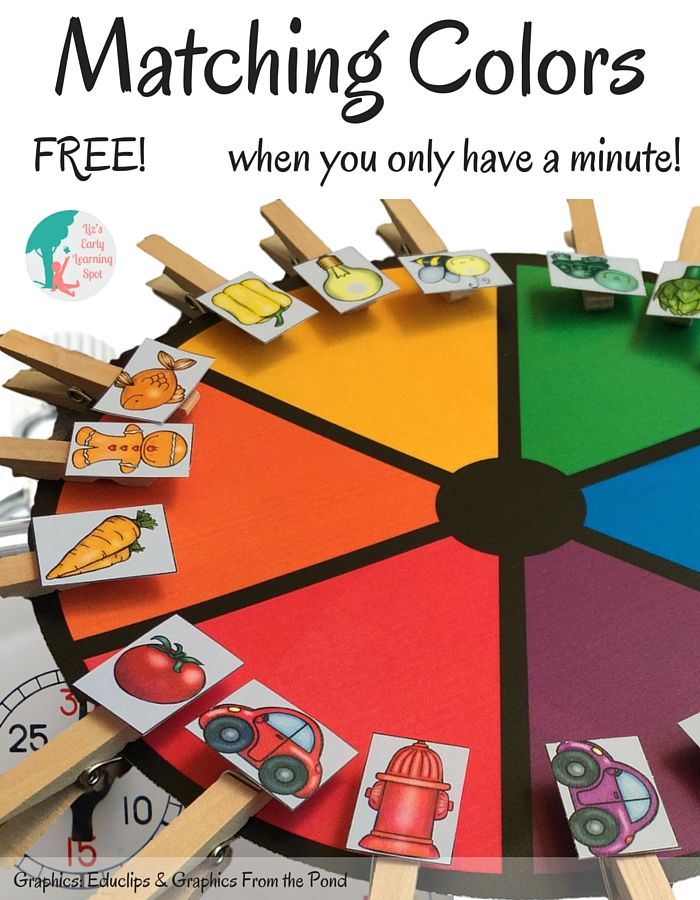 Between them there can be the words "needle" (it is threaded into a thread) and "fabric" (a dress is sewn from it).
Between them there can be the words "needle" (it is threaded into a thread) and "fabric" (a dress is sewn from it).
To make the game more difficult, you can choose completely different words, like "excavator and cotton wool", or "pear and wings". And you can also agree that between the first and last word there should be at least fifteen linking words.
Faster, even faster
All the children in our class already know how to read. But some are better, some are worse. The teacher told me several educational games that develop reading speed. In my opinion, very interesting:
-
read the text together, reading the words alternately. That is, the first player reads the first word, the second - the second. Then again the first player is third, the second is fourth, and so on
-
reading words that begin with the selected letter
-
read the first word, then it again, but faster. Now we read the first and second word - first slowly, the second time faster.
 We turn to the third word ... and so on until the end, until we finish the sentence.
We turn to the third word ... and so on until the end, until we finish the sentence.
Similarities and differences
This game for children is somewhat similar to the previous one. It develops mindfulness and ingenuity.
The facilitator names two objects, and the player names what unites or distinguishes these concepts. For example, milk and water.
General - they are liquid, you can drink them, they are sold in a store
The difference is that a cow gives milk, but not water. Water flows from the faucet, but milk does not.
If the game is played in the company of children, then the winner is the one who is the last to name the similarity or difference of objects.
One minute
One of the important skills of a first grader is the ability to estimate time. Take at least my Styopka, he always thinks that he has very little time, so he does not have time to do his homework (although he always has time for games).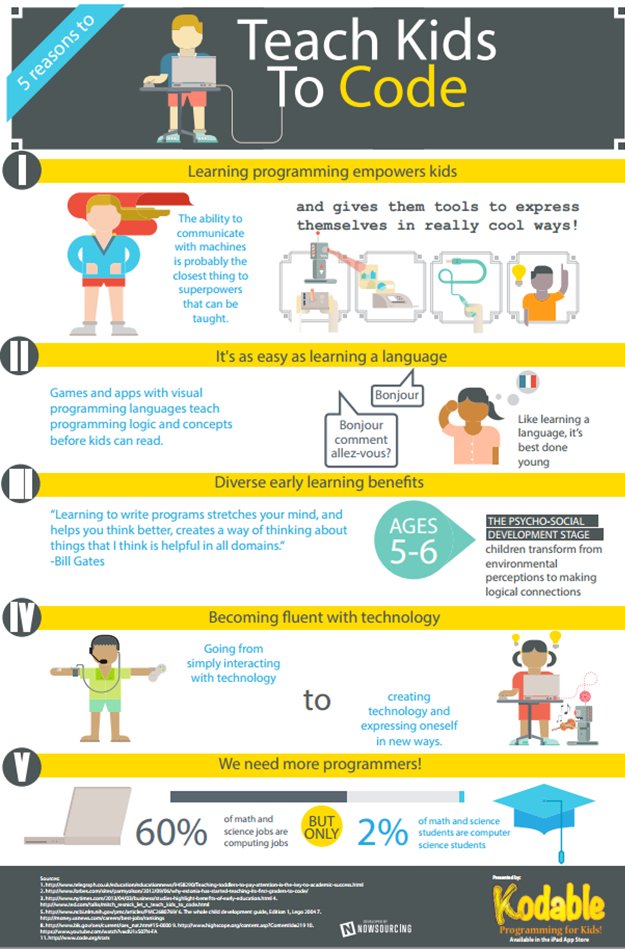 So, I decided to show him that even 1 minute is a lot.
So, I decided to show him that even 1 minute is a lot.
I held a competition between Styopka and his friends who can do more in one minute:
It turned out that you can do a lot in one minute. So now Styopka has no reason to say that there is not enough time for lessons.
Guess the number
This game will help first graders learn to count faster.
Facilitator asks a question: Name the number
-
more than 3 but less than 5
-
less than 8 but more than 6
The player who quickly orients himself and gives the correct answer receives a bonus. The game can be played, for example, up to ten bonuses.
Games for first graders
Entering school is an important stage in a child's life. Now you need to get used to discipline, uniforms, homework. But the main and favorite pastime of children is games. In order for the assimilation of new knowledge to be a pleasure, you need to be able to combine entertainment with learning.
Educational games for first graders
It is easier for children to learn new information in a playful way. The most beloved will be those teachers who understand this and know how to use it in their teaching practice.
If creativity allows, you can try to transform the rules into a poetic form.
Educational games for first graders are also very good:
- Determining the shape of an object. Challenge the kids to find all the triangular objects in the classroom. Then you can define round objects and other shapes.
- Concentration of attention. Children should draw ten triangles in a row, then they need to color the second, fifth and tenth triangles with a blue pencil. The task needs to be said only once. If the child asks again, do not repeat. Before announcing the task, it is better to warn that you need to listen very carefully.
- Memory test. This game must be played by no more than five people.
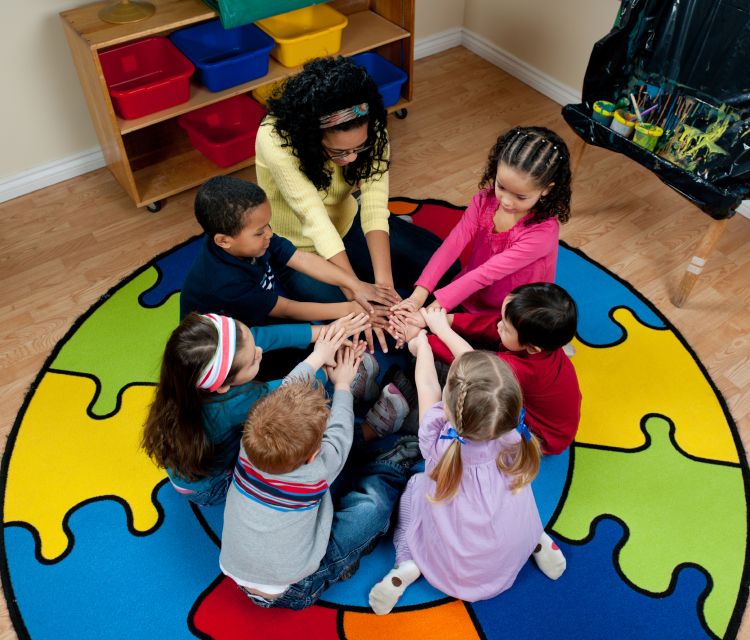 The host thinks of the phrase: “I put on a scarf today”, the next player adds one item of clothing, repeating the given phrase, etc.
The host thinks of the phrase: “I put on a scarf today”, the next player adds one item of clothing, repeating the given phrase, etc. - Logical thinking. It is useful to use the works of Chukovsky in your practice and discuss with the class, or a specific child, where, true, and where is true. But you can also prepare illustrations with absurdities and fables. Children, looking at the pictures, must explain what is shown on them incorrectly.
Psychological games for first graders
Game 1
The leader is chosen. The rest of the participants come up with a task for him, each one at a time. Then the rules are announced that now everyone must do their own task. This will teach you to be more responsible and more serious about others.
Game 2
This game will help children understand their emotions and teach them to control them.
Divide the class into two teams. The first team will be "touchy", and the second vice versa.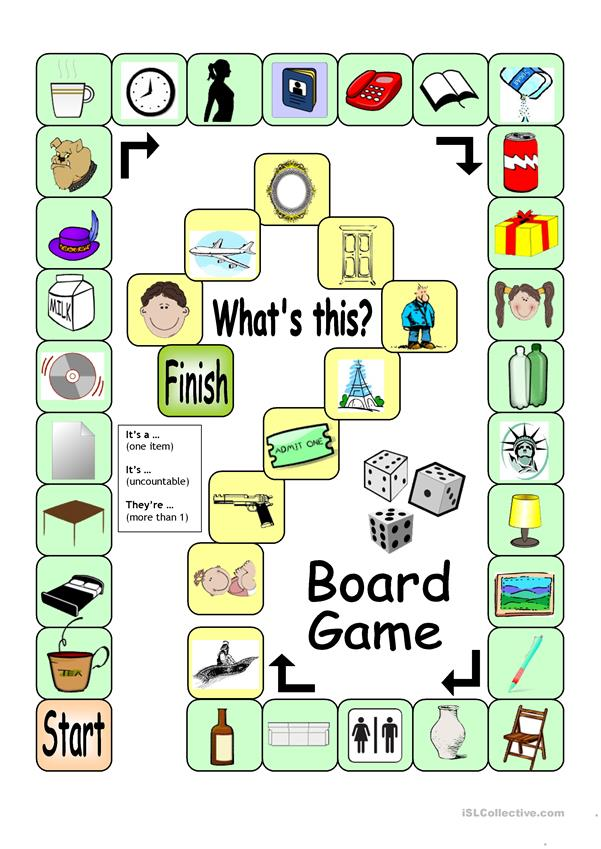 Those who are offended should show a skit with the story of their offense (this can be a story from life, or a fictional story). Then, after listening and viewing the whole action, the second team should explain why there was no need to be offended here or how it was necessary to behave in order to avoid conflict.
Those who are offended should show a skit with the story of their offense (this can be a story from life, or a fictional story). Then, after listening and viewing the whole action, the second team should explain why there was no need to be offended here or how it was necessary to behave in order to avoid conflict.
The most active get points. The one who earns the most points wins.
Rallying Games for First Graders
One Minute Game
The facilitator must announce that there is only one minute to complete the task and hand out the task sheets. Each leaf should be written:
- Stand on your toes.
- Raise your left hand up.
- Tilt your head to the right.
- Read all the tasks carefully.
- Call out the leader's name loudly.
- Bark twice.
- Hug three friends.
- Scroll around you once.
- Laugh at the presenter.
- Touch your nose with your eyes closed.
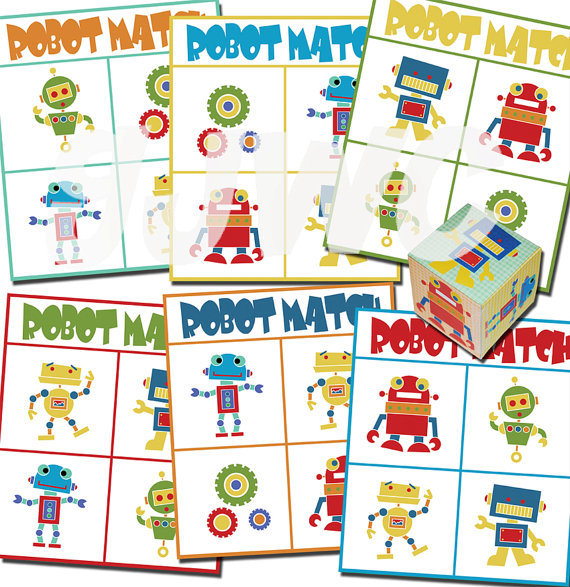
- Only items 12 and 13 needed to be completed.
- Sit down three times.
- Count to five and place the paper on the table.
This game will cheer up the classroom and create a friendly atmosphere.
The game "Merry round dance"
The leader is selected. All participants stand in a circle, and the leader is inside the circle.
First, the host announces that everyone should join hands and dance. And now you need to hug and keep moving. Then sit down, take each other by the knees and try to lead a round dance. Then for the heels, for the elbows, etc.
School games are very important for first graders. Playing, children relieve mental and physical stress. The teacher should be able to alternate outdoor games for first graders with learning activities. Then the learning process will become fun and entertaining for kids.
Related articles:
| Elementary school physics minute Fizminutki in elementary school - a good way to relieve fatigue, stress and give kids a little rest and gain strength before a new task. |

